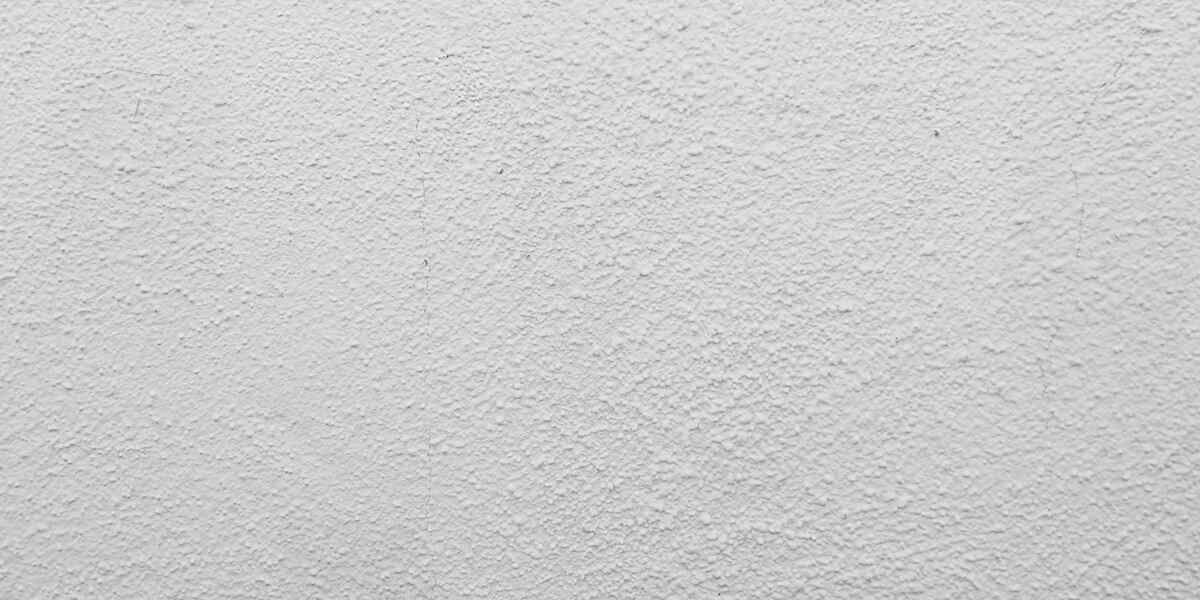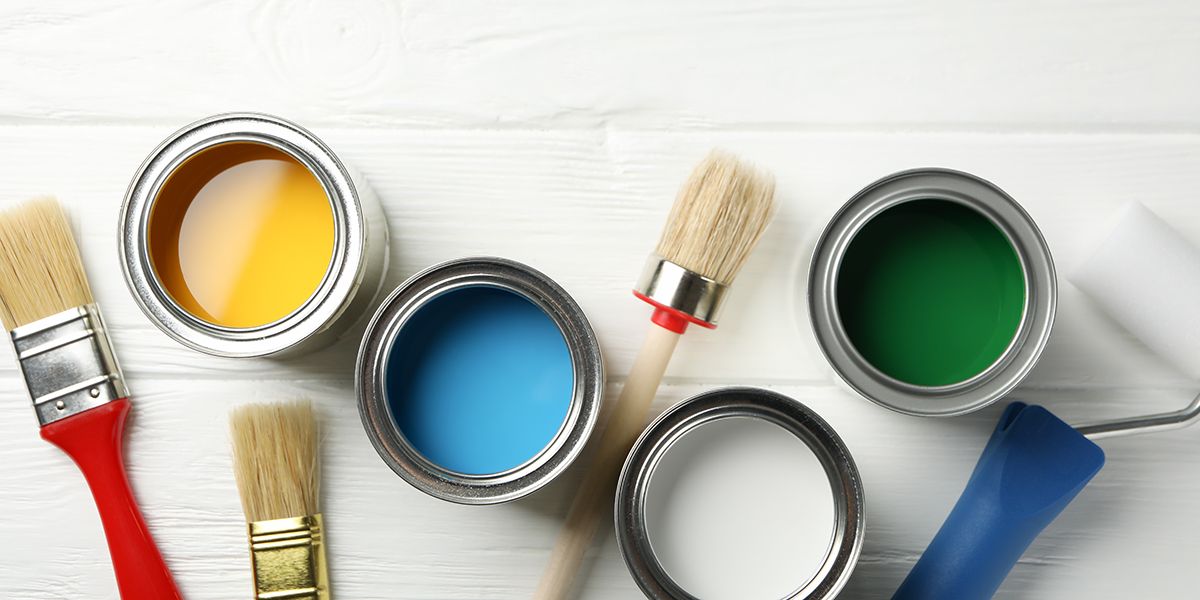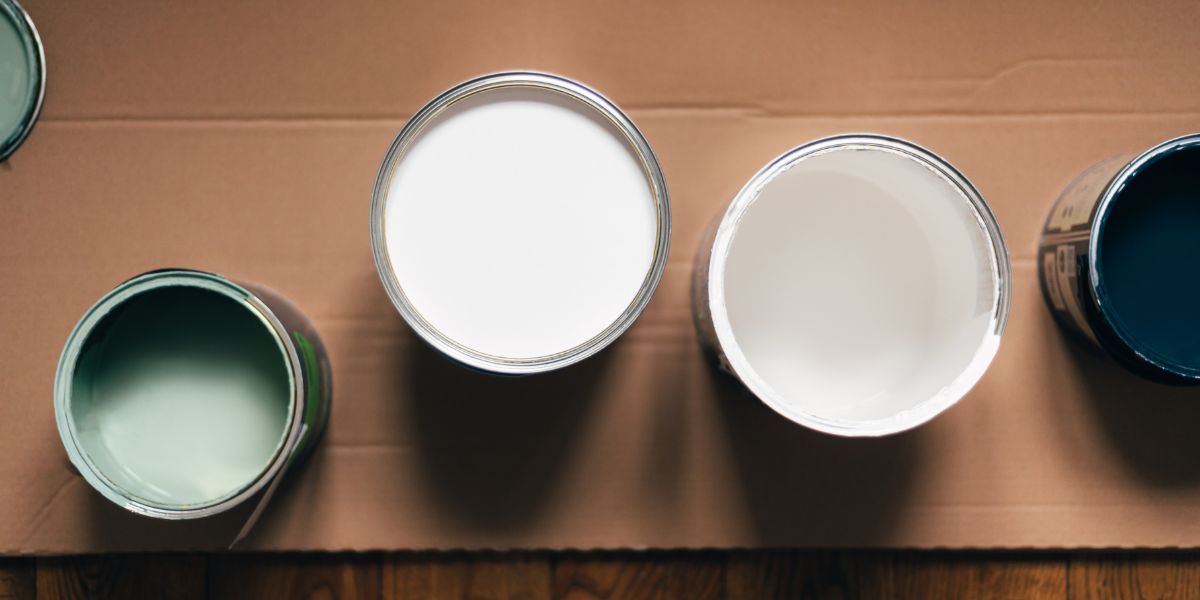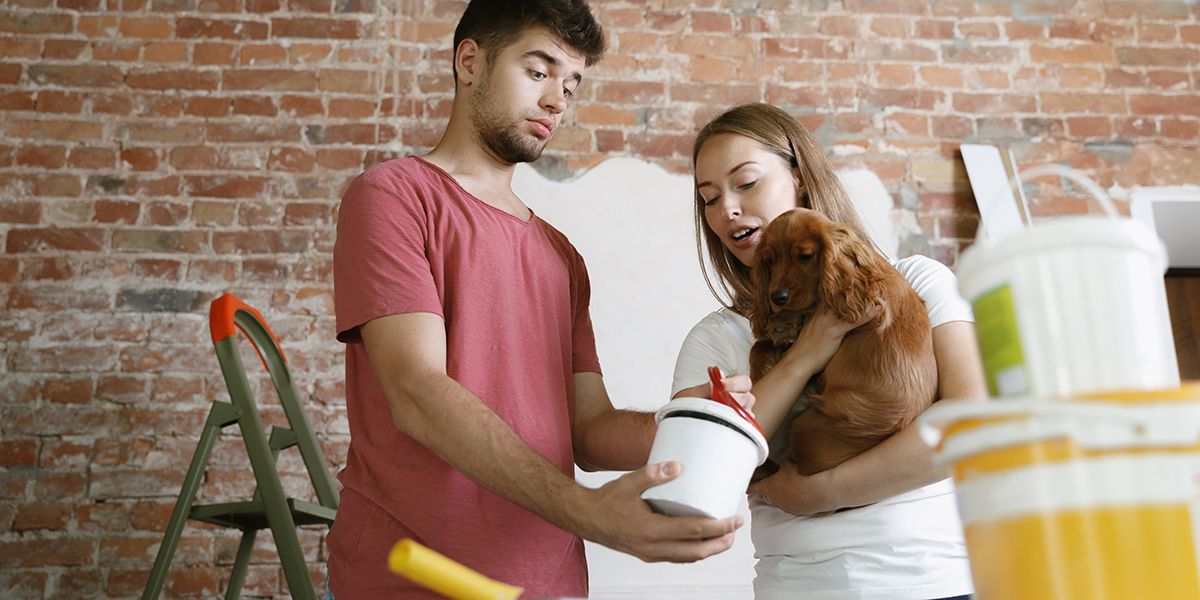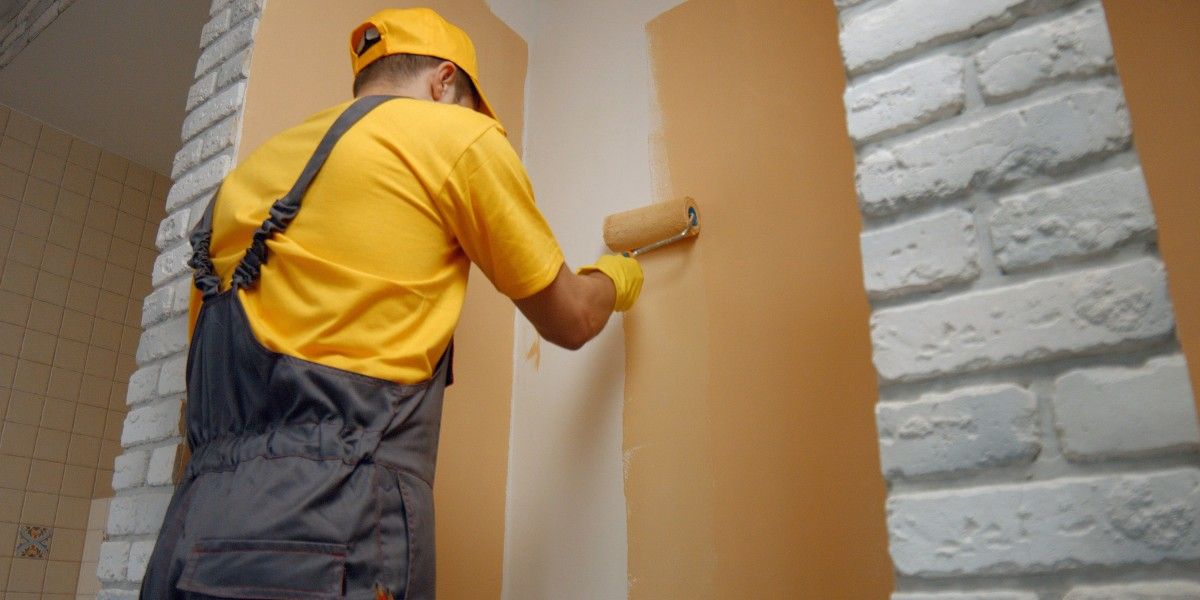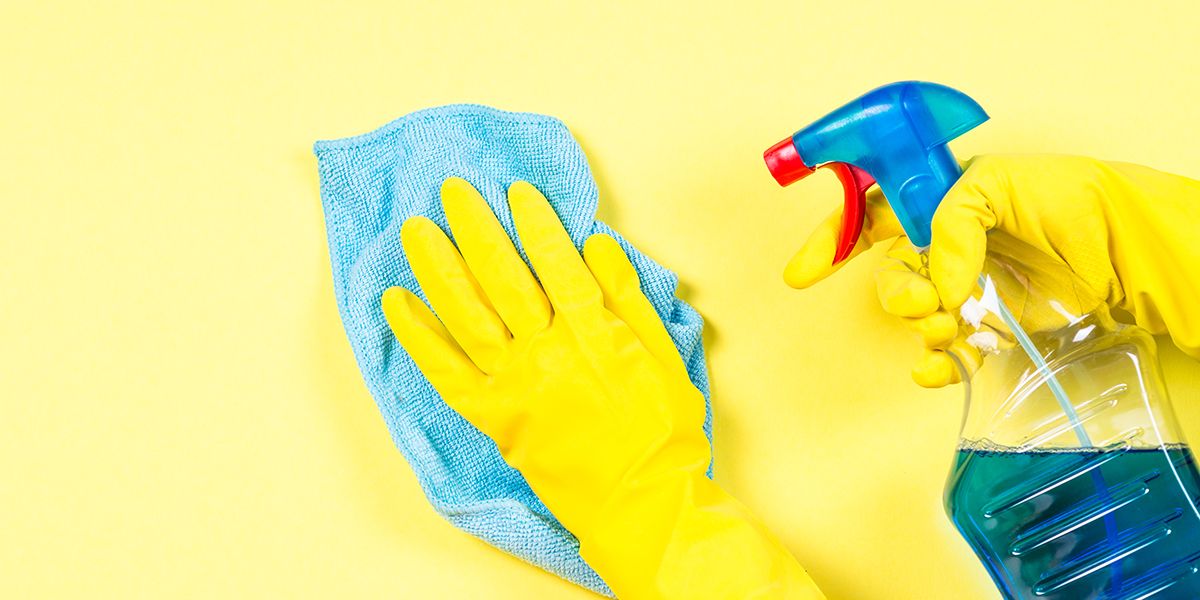How Do You Paint a Popcorn Ceiling the Right Way?
If you’re a millennial, chances are you are familiar with once-trendy popcorn ceilings. Once a popular feature in many homes, they began to fall out of fashion around the turn of the century. Many homeowners remove the popcorn texture entirely, while others choose the wallet-friendly approach of applying a fresh coat of paint.
When it’s time to revitalize your ceiling, call Tuscon’s top-rated house painters at Wiese Painting at 520-327-3200.
If you are more of a DIY kind of homeowner, you may want to repaint the ceiling yourself. But how do you paint a popcorn ceiling if you have no prior experience? Let us help you prepare.
Test For Asbestos
Prior to 1978, many home constructions used asbestos, including popcorn ceilings. Stay safe by testing your popcorn ceiling for asbestos and lead. If either is found, it is not wise to proceed with painting the ceiling yourself.
Gather All Equipment
Once you know your ceiling is asbestos-free, make sure you have all the tools you need for the project. These include:
- Safety glasses to keep paint splatter out of your eyes
- Tarps or drop cloths
- Painter’s tape
- Broom or duster
- Ladder
- Small Angled brush for the edges
- Paint roller (an extension handle makes it easier to reach)
- Ceiling paint
Prepare and Protect
How do you paint a popcorn ceiling without making a mess?
Use drop cloths or tarps to cover anything that you don’t want the paint to splatter on. You can use old sheets and towels to protect your furniture and anything else that you can’t remove from the room.
Additionally, use painter’s tape along the top edge of each wall to prevent rogue paint swipes while you work.
Chase Away Dust Bunnies
Popcorn ceilings are dust magnets. Before you paint, use a broom or duster to rid the ceiling and surrounding walls of dust, dirt, and cobwebs. If you skip this step and paint over the dust, it could mix with the paint and alter the color.
Neaten Ceiling Edges
To ensure a neat, crisp ceiling edge, use a small, angled brush to paint along all textured ceiling edges. Once you paint all the edges, you won’t have to worry about getting paint on the smooth surface of the wall while using a paint roller.
Move On to the Middle
With your ceiling cleaned, the edges prepped, and the furniture in the room protected, there’s nothing left to do but paint! This is the fun part. Use your paint roller and ladder, if necessary, to apply a fresh coat of paint to the entire ceiling.
When learning how to paint a popcorn ceiling, you can choose from several types of paint. Decide what you want the finished product to look like and how much paint you need before going to the store.
How do you paint a popcorn ceiling if you don’t have the time? Let professionals do it for you!
If painting your ceiling is more than you want to take on, don’t hesitate to call our experts at Wiese Painting in Tucson, Arizona, at 520-327-3200 to get an estimate.
